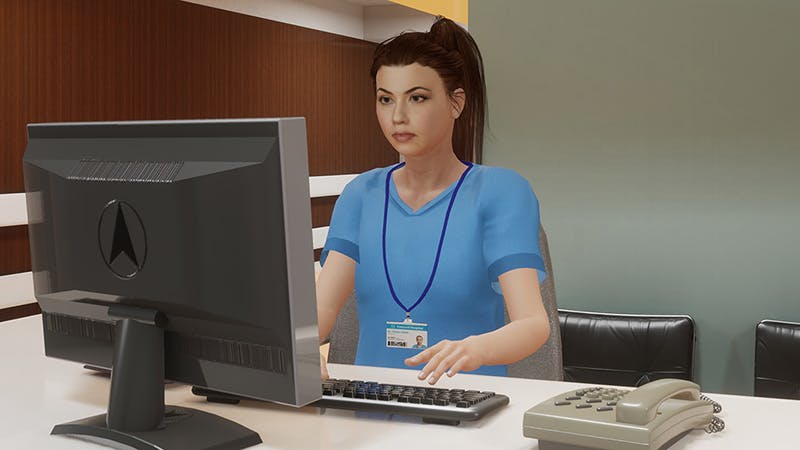Virtual Humans and their Impact on the Healthcare Field
The unbelievable has become believable, the baffling is normal and the unattainable is within reach. Technology has brought us a long way in a very short span of time. So, today when we see virtual humans roaming the virtual world we are no more surprised or alarmed. It is just another piece of technological advancement.
Virtual humans have arrived and are here to stay. They are gradually stepping into our real world and assisting us in a multitude of ways. The voice assistant, like Google’s Alexa, is a classic example. We, the real humans, have created them and are making every possible effort to get the most out of our “creation.”
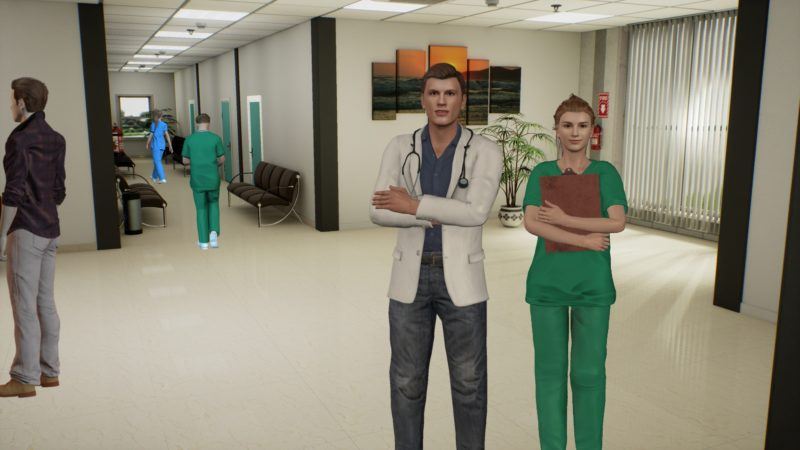
(Figure 1: Virtual 3D characters in a hospital setup)
What are Virtual Humans?
As children, we have all played arcade video games where we faced an opponent in the virtual world. These opponents were programed to oppose us and create every possible type of obstacle in our way to the finish line. Fast-forward to our present time and these creatures are no more mere opponents with only one set of instructions. They, too, have evolved with time and can now think, act, react, and respond.

(Figure 2)
Virtual humans inhabit the virtual world exactly as we inhabit our real world, the only difference being that we have created them and their world. They are computer programs programmed to be smart and intelligent in every possible manner, enabling them to hold a meaningful conversation with a real human under all circumstances. In a nutshell, virtual humans are a fine blend of computer graphics and Artificial Intelligence.
Role of Virtual Humans in Training
Virtual humans can serve as personalized teachers with an endless source of information. These “highly qualified and intelligent trainers” enable trainees to experience situations in real time. For example, a doctor in an emergency situation not only needs to be thorough with his/her medical knowledge but also needs to know how to emotionally handle oneself and the patient’s relatives. A virtual human helps the doctor prepare for exactly this type of situation. And since the scenario is a simulation, the doctor can take the training as many times as required to achieve the required skill.
With the immense capacity that virtual humans hold, they can be effectively used for training in myriad fields like human resources, military, and police, surgery, healthcare, mining, and fire drills to name a few.
Apart from occupational training, they can also be of immense help in schools, colleges, and universities to help students learn and understand better. After all, learning with experience holds a better retention capability as compared to simply reading. In a nursing school, students can be taught decision-making skills with the help of different hospital scenarios.
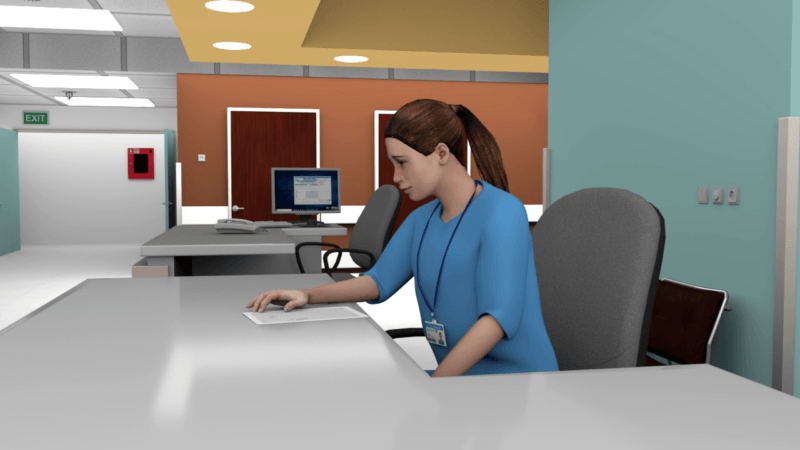
(Figure 3: A nurse at the reception, reading orders)
Advantages of Training with Virtual Humans
There was a time when the words Virtual Reality and virtual humans were considered nothing but close to gaming. Times are changing and the potential of this technology is no more limited to shooting opponents or chasing targets. Training with virtual humans is advantageous and that the fact is being acknowledged gradually.
Time is not a Restraint
A real, physical, human trainer will have certain limitations in regard to the amount of time he/she can dedicate to training or imparting lessons on a given day. With virtual humans, this is not so. Being computer programs, they can go on as long as the trainee wishes to or can physically or mentally afford to. The limitation, in this case, is on the side of the trainee. The learner may run out of energy but the virtual trainer will be ready to start all over again as many times as required.
Place is not a Constraint
Studying, training, or practicing in a virtual environment with a virtual human does not have to be at a certain designated place. With the right kind of equipment and connectivity, it is possible to train anywhere. Training, for an engineer, does not necessarily require a workshop in all instances. Demonstrations and application can be practiced using virtual humans in virtual environments.

(Figure 4: A virtual human performing activities in a 3D workshop scenario)
Approachable
Let’s face it, the virtual aspect can make these humans more approachable. When we have to face a real trainer or teacher we may all have our inhibitions and apprehensions. We may not be comfortable with the teaching methods or remarks of a particular trainer but not so with the virtual ones. The very fact that they are computer programs makes them more approachable in any kind of circumstance (Figure 5).

(Figure 5: A virtual receptionist seated at her desk)
Non-judgmental
“If I ask this question, what will the trainer think about me?” “If I express my doubts, the trainer may not have a good opinion of me.” “If I am not able to give the correct answer to a question, I may be considered to be an incapable pupil.” There are many more such “ifs” that come to our minds when we face our teachers or trainers. The fear of being judged is tremendous and may hold us back in many situations. With virtual humans, this fear is eliminated altogether and we are absolutely comfortable clarifying all our doubts and queries, no matter how stupid and silly they may sound at first.
Calm and Patient
Humans are humans with a range of emotions, feelings, attitudes, opinions, and patience. Each one of us is different and reacts differently in varying situations. Thankfully, virtual humans do not run out of patience.
Virtual Humans and the Healthcare Industry
Virtual humans are proving to be increasingly helpful in the medical and healthcare industry. There are a growing number of institutions and hospitals making use of virtual humans in a multitude of ways to provide the best possible services to patients and their loved ones.
A patient has been diagnosed with a terminal illness. How does a doctor break the news to the patient and the family? Practicing with a virtual patient can help make the right choice of words, phrases, and body language.
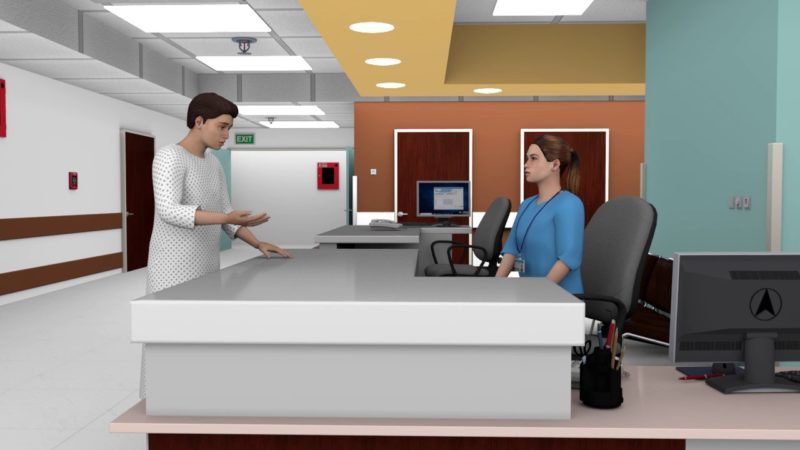
(Figure 6: A nurse speaking to a patient who has been diagnosed with cancer)
As a pediatrician, it requires immense skills to talk to children to get their cooperation. Practicing with virtual humans can help doctors learn the challenges they may face and the methods to tackle them.
Children love video games and the virtual environment. Taking advantage of this fact, virtual humans can help pediatricians better understand children and their troubles. This may include both physical and emotional problems.
Every emergency situation is different but what is required is a presence of mind and some management skills. So, when a doctor finds himself in such a situation he should know how to react and at the same time act. This skill can be practiced and polished in a virtual scenario with a virtual patient (Figure 7 shows an operation theatre where multiple training sessions can be demonstrated and practiced using virtual humans).
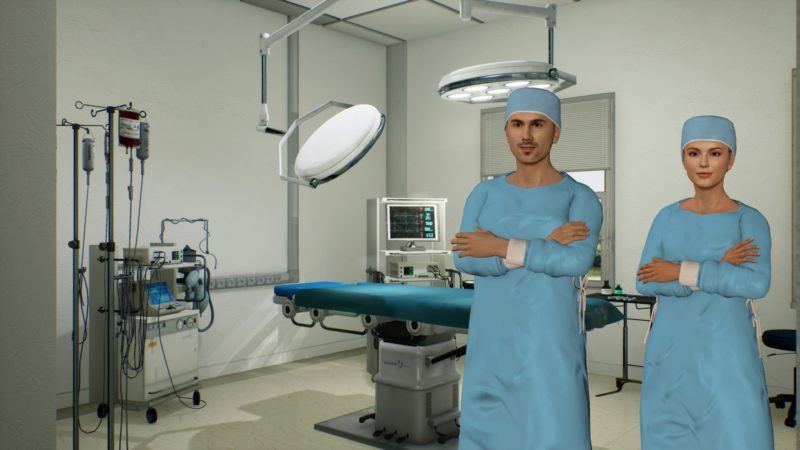
(Figure 7: A doctor and nurse in an operation theatre)
The healthcare industry is a combination of various types of jobs and services. Each one is equally important. For example, healthcare coordinators must be trained to interact with patients and their family members. What better way to train them than with the help of virtual humans?
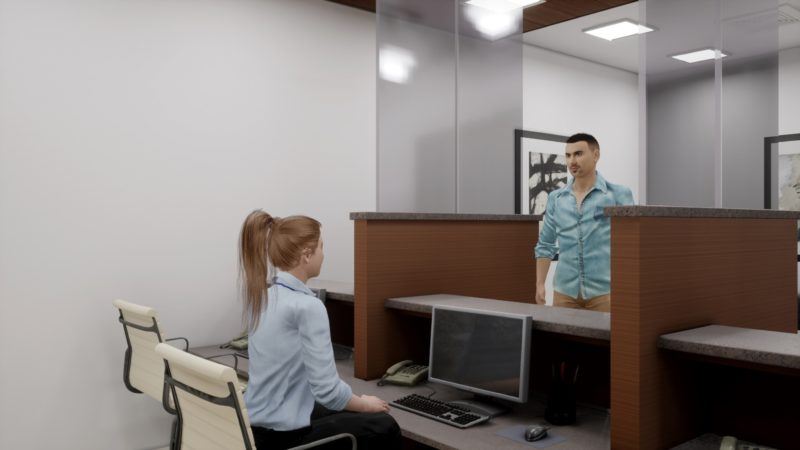
(Figure 8: A virtual human speaking to a patient’s family member at the reception)
When it comes to mental health treatment, virtual humans are proving to be very supportive. Patients have been found to be more comfortable sharing their feelings and thoughts with virtual humans compared to real people. Virtual humans have been found to boost mental health recovery.
Virtual humans have recently set foot in the virtual world and we have a lot to learn about them. It is true, humans have themselves created them but as their creators, we need to understand them and their potential. We need to know what they are capable of and how best to make use of their capabilities. For now, we have only seen a glimmer of a lot more that is to follow.
This post was originally published on elearningindustry.com.


